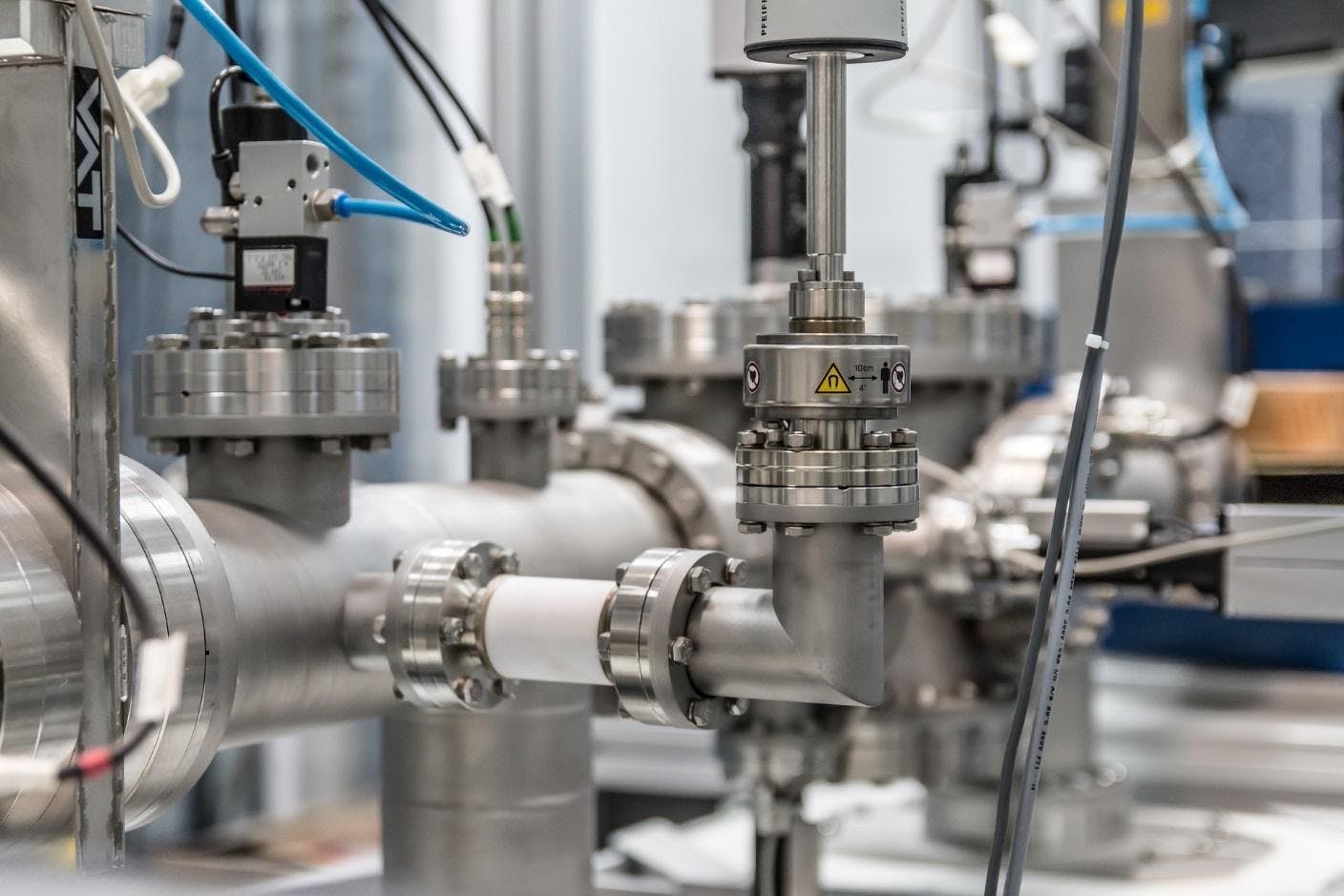Instrumentation Fittings

Image Description: Water construction
What to Consider When Selecting Instrumentation Fittings
The ultimate motive of designing a leak-free instrumentation system is to ensure safety and reliability, which can be achieved by selecting the most appropriate tubing for the intended application. The integrity of any system is incomplete without this link and its compatibility with other critical elements. Most instrumentation tube fittings are designed to work for a variety of applications.
Here are the four key factors to consider when choosing instrumentation tube fittings.
The Compatibility of Materials
The first and most important factor to consider when selecting instrumentation tube fittings for any application is the compatibility of its material with the media that needs to be contained. This compatibility is extremely important as it will ultimately determine the reliability of the entire instrumentation system.
The majority of instrumentation fittings work with like materials. For instance, iron fittings should be used with iron tubing, stainless steel fittings with stainless steel tubing, and so on. The mixing of different materials is strongly discouraged.
The Hardness of the Tube
Another important factor to consider when selecting instrumentation fittings is the hardness of the tubing material in relation to the fitting. The key is to choose an instrumentation fitting material that has a higher hardness than the tube material. For instance, stainless steel tubing should have a hardness value that is Rb 80 or less.
The Thickness of the Wall
Having an appropriate wall thickness for your application is vital to accommodate the safety factors in relation to the working pressures. For instance, when building an instrumentation tubing system for gas service, the ferrules in the instrumentation fittings should have the ability to seal off any surface imperfections to achieve a gas-tight seal. This can only be achieved if the ferrules of the instrumentation fittings are able to penetrate the surface of the tubing.
The Level of Temperature
The temperature of the media has a direct impact on the instrumentation tubing and fittings. Not all materials can bear elevated temperatures and pressure. Therefore, it is important to select instrumentation fittings that can bear the recommended temperature for a certain application.
Conclusion
The design, selection, and installation of instrumentation fittings are all integral to the performance, conservation, and maintenance of any hydraulic system. The most appropriate instrumentation system is one that reduces friction, reduces leakages, and ensures corrosion resistance to make the system safer, more durable, and effective. The only way that automated processes can be optimized and safe is through the selection of appropriate design and safety considerations.